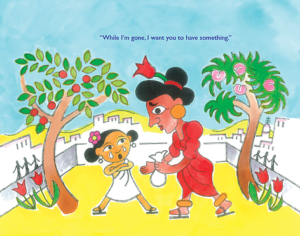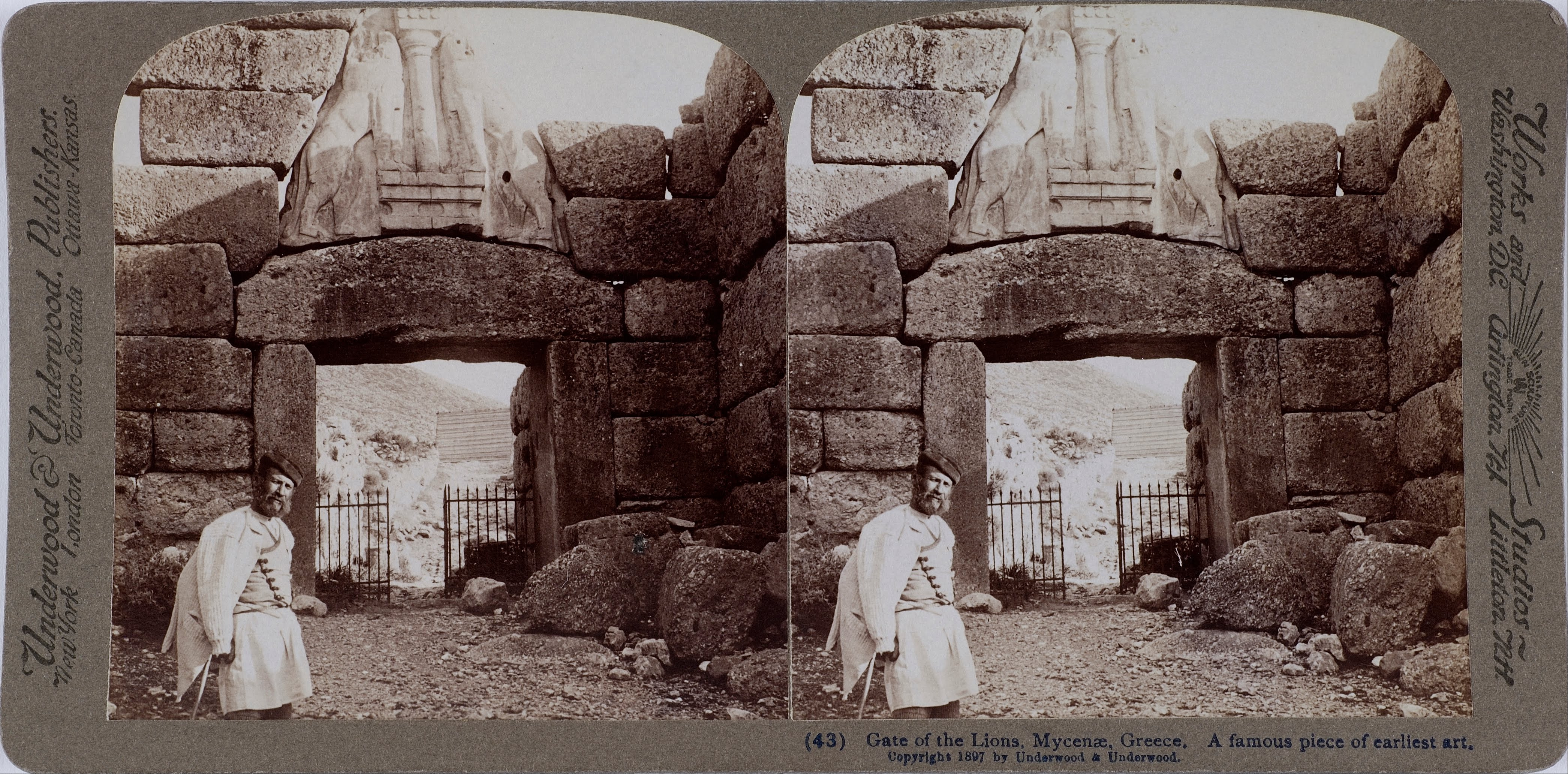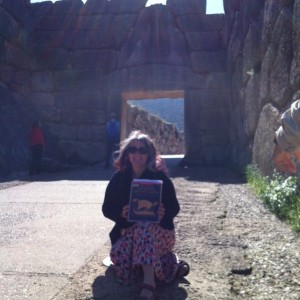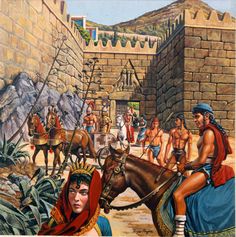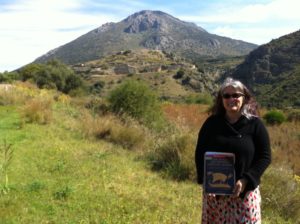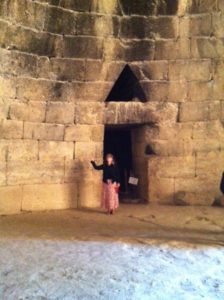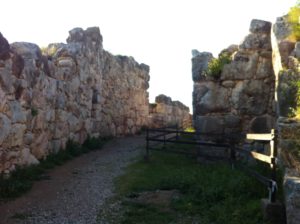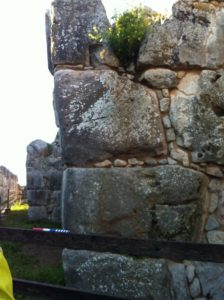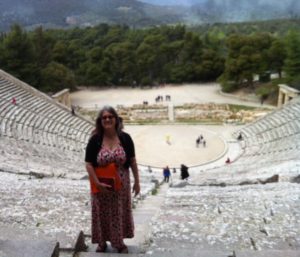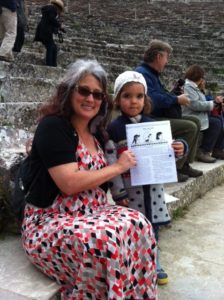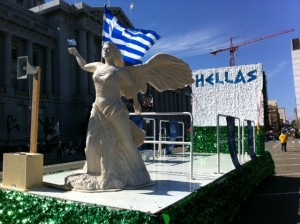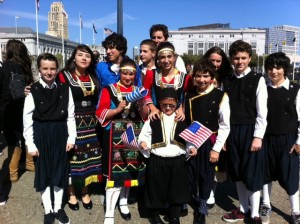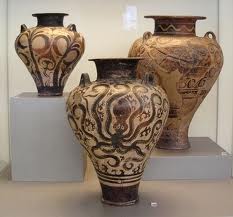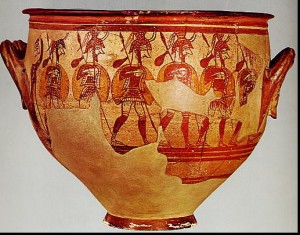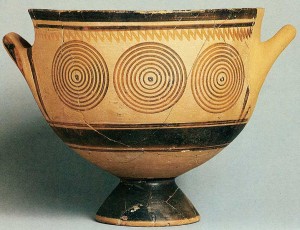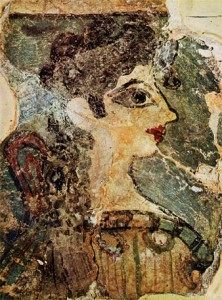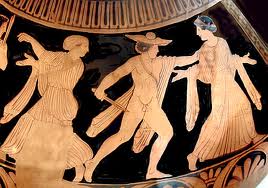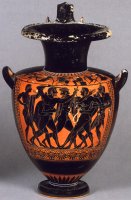Ancient World Now: A Silk Road Tale
December 28th, 2017 — Gwen MinorHello Everyone! I am glad to be back after a long hiatus working on my book projects and taking those amazing ancient world night classes at Stanford. And what better way to celebrate my return than by announcing the publication of a book I worked on with author/illustrator Peter Linenthal!
My new podcast will be out soon.
The topic: Caesar’s Gallic War!
Jaya’s Golden Necklace
by Peter Linenthal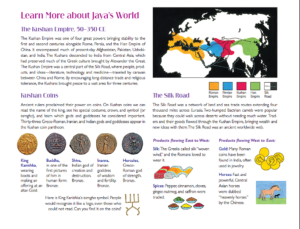
Little Jaya lives along the Silk Road in the first century CE and uses the powers of Greek, Persian, and Indian gods to gain courage to deliver a statue of the Buddha to the Kushan King Kanishka. Through the beauty of ancient coins, this spirited Gandaran tale highlights the spread of religious and artistic ideas in Central Asia.
I worked on this book with Peter, a long-time friend and children’s book author/illustrator. We’ve worked together over many years, attending conferences and workshops together as this book was developing. Jaya truly is fearless and her interesting historical setting deserves its place beside the other great empires of the ancient world.
Check out Peter’s beautiful new book!

